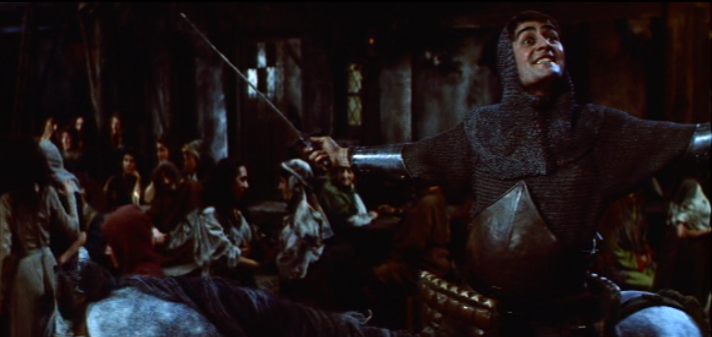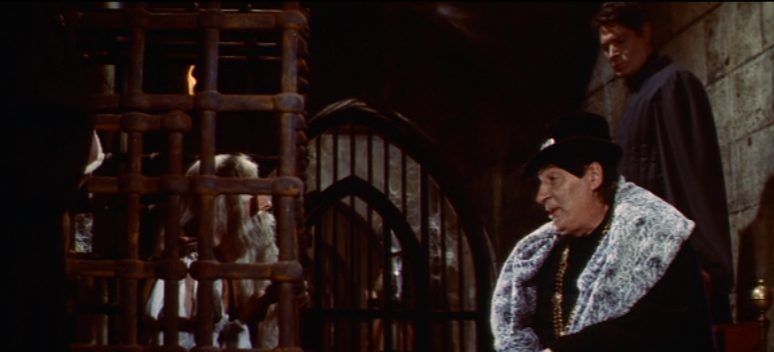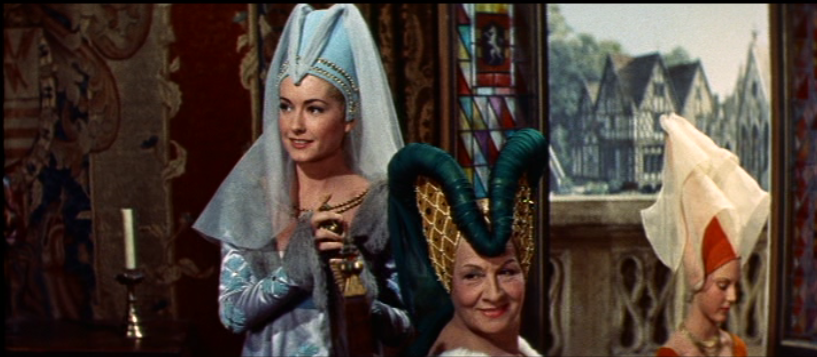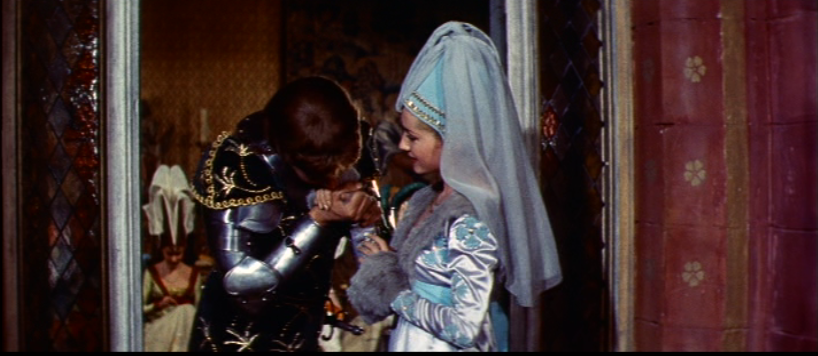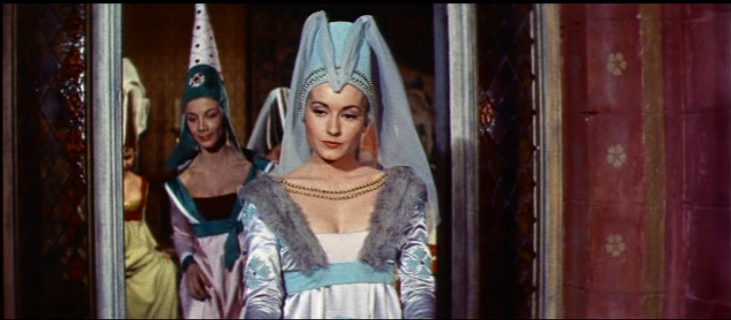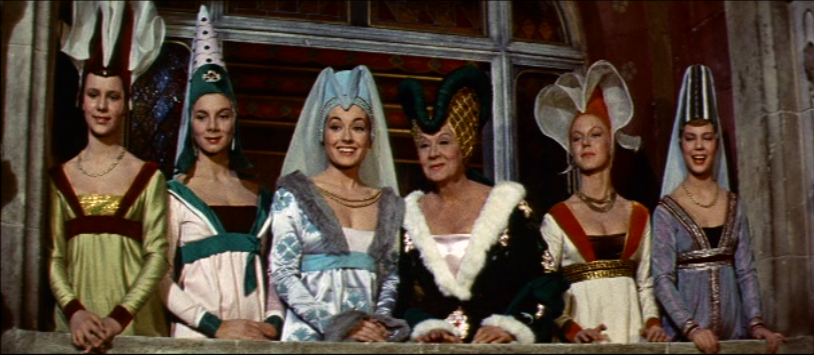Jehan – The 1956 version is the first time Jehan is the irresponsible mooch younger brother of Frollo. He doesn’t do that much of interests. He makes a few comments, some goofy faces and interacts with everyone except Esmeralda.
Jehan’s overall point in the book was to show Frollo’s fatherly compassion and he doesn’t really do that in this version, in fact when Jehan dies we get no reaction from Frollo, it’s like “Oh my brother die, oh well”.
If Jehan wasn’t in the movie it would have made no difference except for the length would have been slighty shorter.
King Louis– This movie has the scene from the book where King Louis visits Frollo. He also rubs Quasimodo getting punishment in Frollo face. Had that been the all he did that would have been fine but King Louis is convinced by Frollo to suspend Sanctuary for a day. So King Louis asks a prisoner if this has ever been done before. This scene seems so unnecessary and Louis acts really callous to this prisoner.
I mean, I know he is suppose to be callous but there was no other way to show that? King Louis has to asks a prisoner who has been lock up in a cage for 14 years for advice? Who wrote this? Who thought this scene was a good idea? There is no precedence for this scene. Maybe if there was I could accept it but no. I wish they had kept this part like book.
Aloyse de Gondelaurier a.k.a Fleur’s mother – She has has two roles in this movie. Role number #1 to act as the representative for the upper class. As she remarks on how people hang witches all the time and evil Esmeralda is in Notre Dame.
And role number #2 to talk about Fleur de Lys. That’s it. she is not very interesting and she is sort of annoying. Though I find her less annoying than Jehan.
She probably has the funniest line in the movie. After Phoebus makes his date with Esmeralda in guise of making her leave the square to show Fleur that he loves her. Fleur de Lys says “he loves me as I love me” to which Fleur’s Mother says “and as your father loved me.”
We’re done looking at the character stay tune for the next article on the 1956 version

